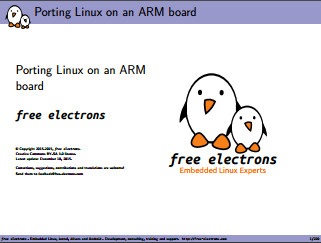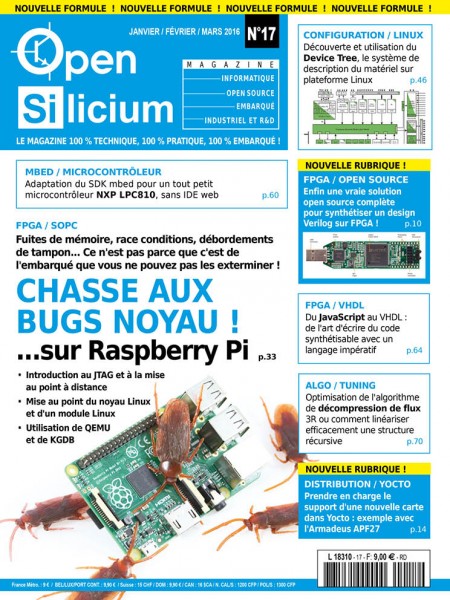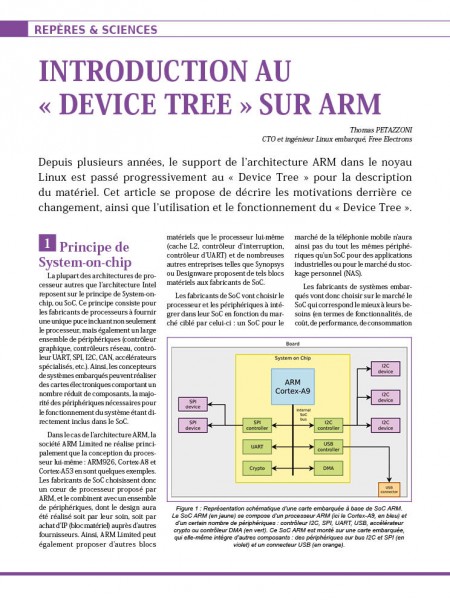Bootlin engineers are regular speakers at the Embedded Linux Conference and Embedded Linux Conference Europe events from the Linux Foundation, to which our entire engineering team participates each year.
In 2016, for the first time, we will also be speaking at the Collaboration Summit, an invitation-only event where, as the Linux Foundation presents it, “the world’s thought leaders in open source software and collaborative development convene to share best practices and learn how to manage the largest shared technology investments of our time”.

This event will take place on March 29-31 in Lake Tahoe, California, and the event schedule has been published recently. Bootlin CTO Thomas Petazzoni will be giving a talk Upstreaming hardware support in the Linux kernel: why and how?, during which we will share our experience working with HW manufacturers to bring the support for their hardware to the upstream Linux kernel, discuss the benefits of upstreaming, and best practices to work with upstream.
With a small team of engineers, Bootlin has merged over the last few years thousands of patches in the official Linux kernel, and has several of its engineers having maintainer positions in the Linux kernel community. We are happy to take the opportunity of the Collaboration Summit to share some of our experience, and hopefully encourage and help other companies to participate upstream.










